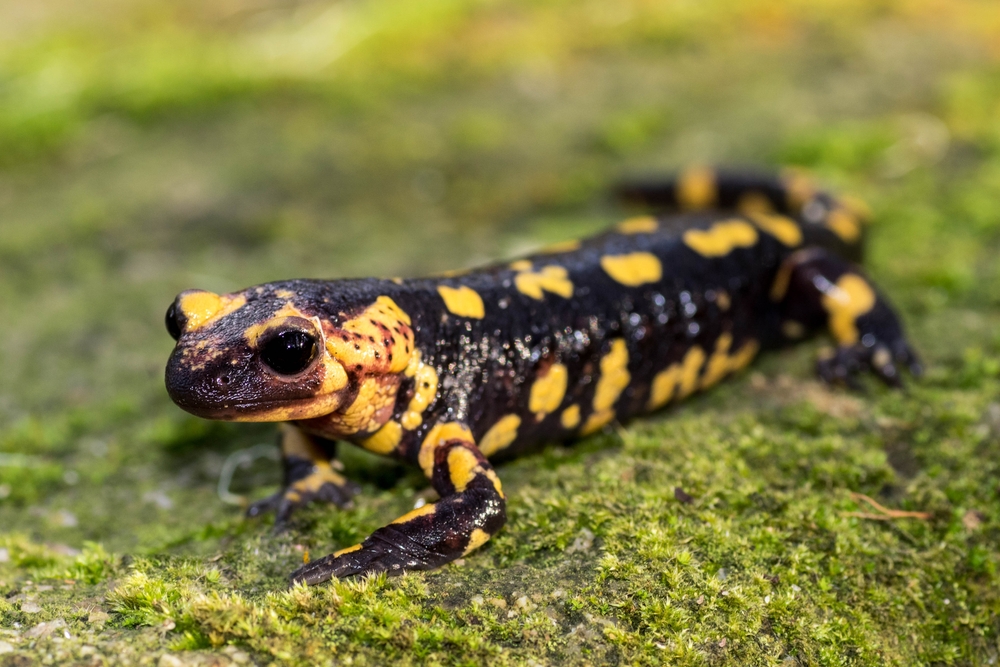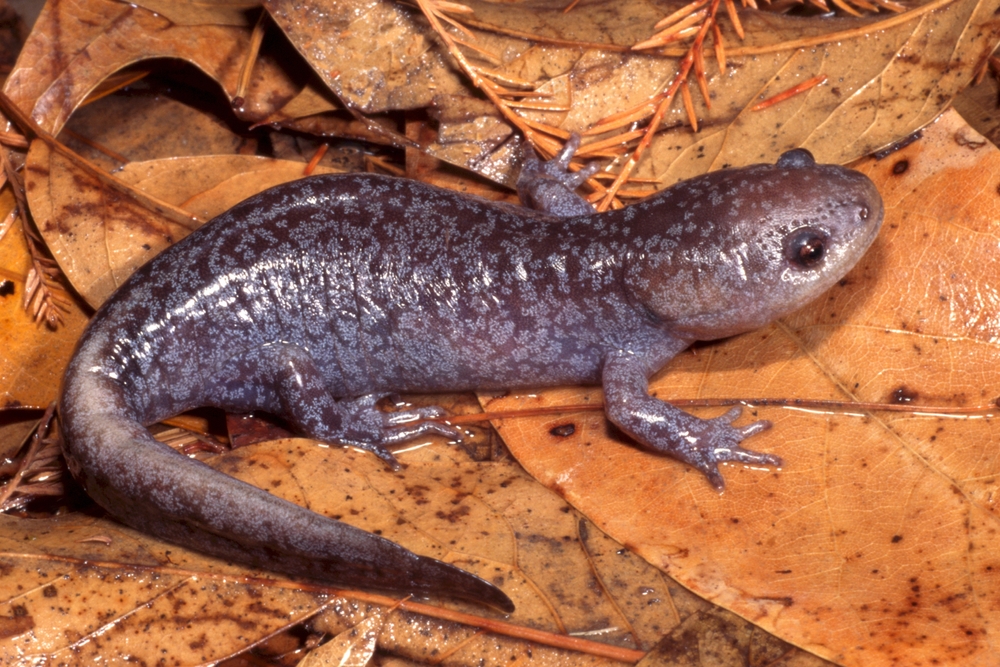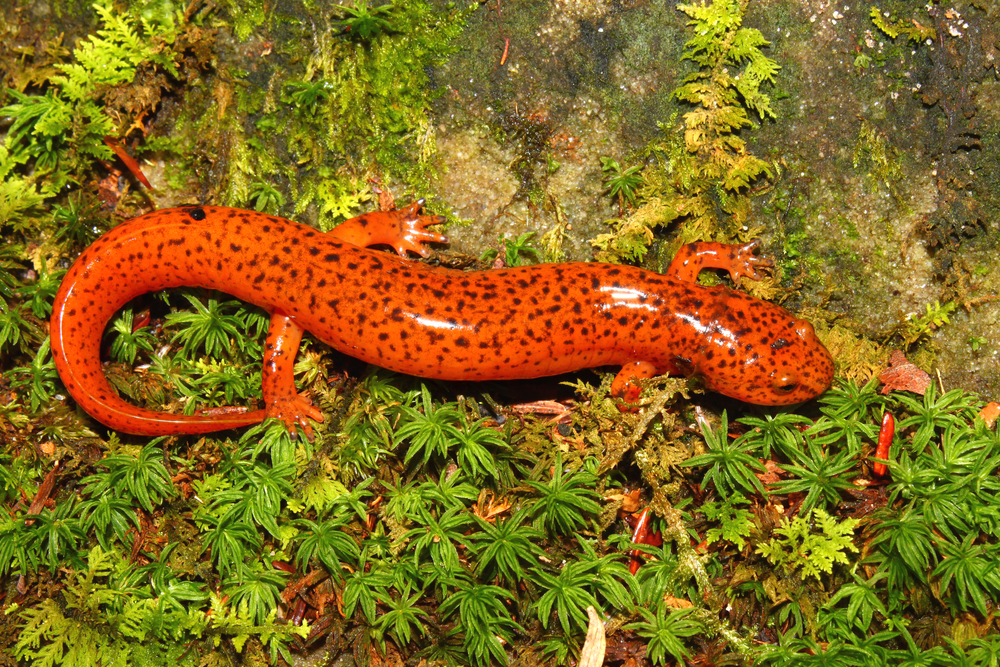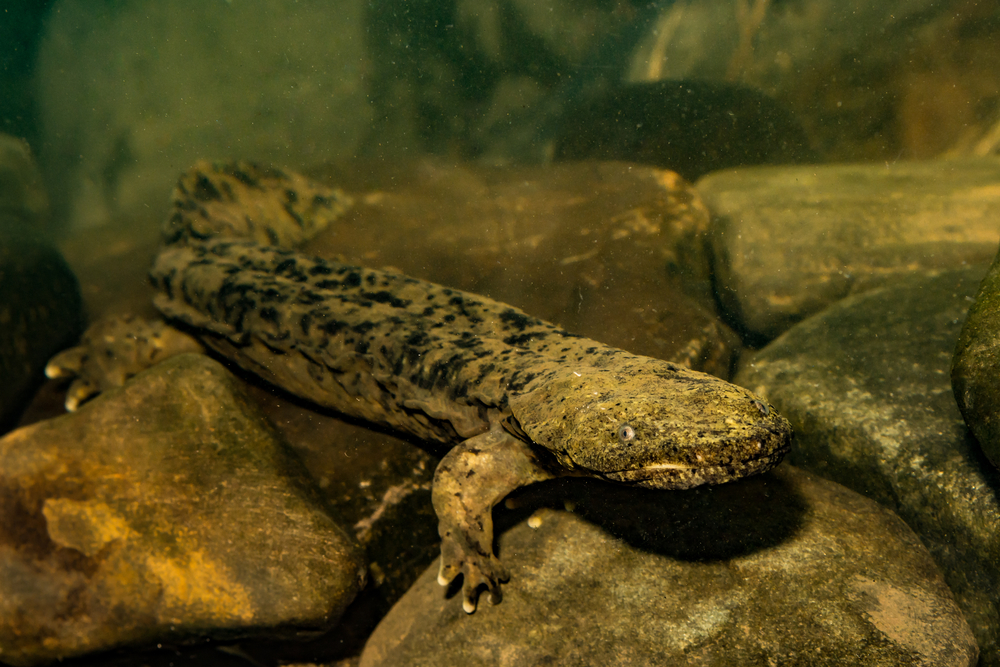Uniqueness
One of North America’s Largest Terrestrial Salamanders:
The Tiger Salamander (Ambystoma tigrinum) ranks among the largest land-dwelling salamanders in North America, reaching lengths over 12 in (30 cm). Its thick, muscular body and vivid tiger-like markings make it both physically impressive and easily recognizable.
Striking Coloration and Pattern Variation:
Tiger salamanders are named for their bold yellow, olive, or tan blotches or bars on a dark background. Their patterns vary significantly across regions and subspecies, providing camouflage in grasslands, forests, or desert margins—making them highly adaptable and widespread across the continent.
Exceptional Burrowers:
Tiger salamanders are expert diggers, capable of constructing deep burrows up to 2 feet underground using their strong limbs. This fossorial lifestyle protects them from predators, temperature extremes, and desiccation, allowing them to remain hidden for most of the year and emerge only for breeding or feeding during wet conditions.
Paedomorphosis in Some Populations:
In certain environments—particularly permanent, fishless ponds in the western U.S.—some tiger salamanders never undergo metamorphosis, retaining external gills and an aquatic lifestyle as sexually mature adults (a condition called paedomorphosis). These aquatic forms often grow larger than metamorphosed individuals and may dominate stable pond ecosystems.
Cannibal Morph Larvae:
When larval density is high and food is limited, some tiger salamander larvae develop into a cannibal morph—with larger heads, broader jaws, and sharper teeth—to prey on their smaller siblings. This unique trait is a rare and fascinating example of environmentally triggered developmental plasticity.
Wide Habitat Tolerance:
Tiger salamanders are among the most ecologically flexible amphibians in North America. They inhabit forests, grasslands, farmland, deserts, and high-altitude meadows—as long as seasonal breeding ponds or wetlands are available. Their ability to thrive in such a range of ecosystems underscores their adaptive success.
Important Ecosystem Role:
As both predator and prey, tiger salamanders help regulate populations of insects, worms, and other invertebrates. They are also a key food source for snakes, birds, and mammals—making them vital to healthy food webs in both aquatic and terrestrial environments.
Summary:
The Tiger Salamander is remarkable for its size, striking coloration, and ecological versatility. From its burrowing behavior and variable development (including paedomorphosis and cannibal morphs) to its broad geographic range, it stands out as one of the most adaptable and fascinating amphibians in North America.














































































